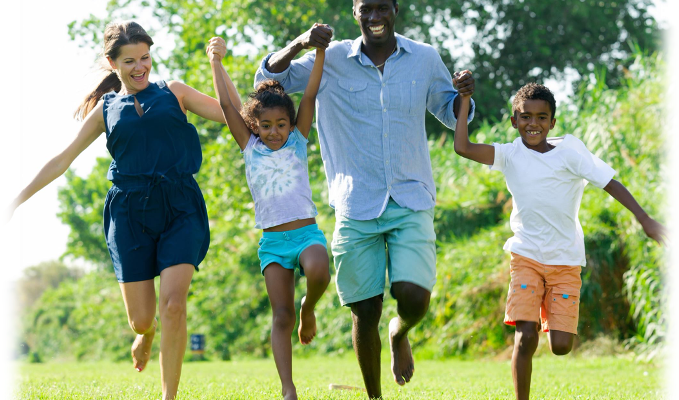
Health: A state of complete physical, mental and social well-being, and not just the absence of diseases or illnesses. Is also a resource for everyday life, not the object of living, and is a positive concept emphasizing social and personal resources as well as physical capabilities.
Health problems in a mental and physical dimension:
Mental
Physical
Contribution:
Sport: A driver for mental and physical well-being achievement
Sport: An advocacy tool
Benefits of doing Sport/physical activity
International endorsement:
Who global action plan
Its target is to reach a 15% relative reduction in the global prevalence of physical inactivity in adults and in adolescents by 2030.
Council of Europe:
European Sport charter (2001)
Whether it be for leisure and recreation, for health promotion, or of improving performance, it shall be promoted for all parts of the population
Prescribing physical activity
Sport alone cannot prevent or treat disease.
HIV/Aids involvement and prevention
Enhance provision of, and opportunities for, more physical activity programmes
Other Tips
UCI Cycling for All Side Events Toolkit
(Union Cycliste Internationale – UCI)
More information:
Toolkit. Click Here